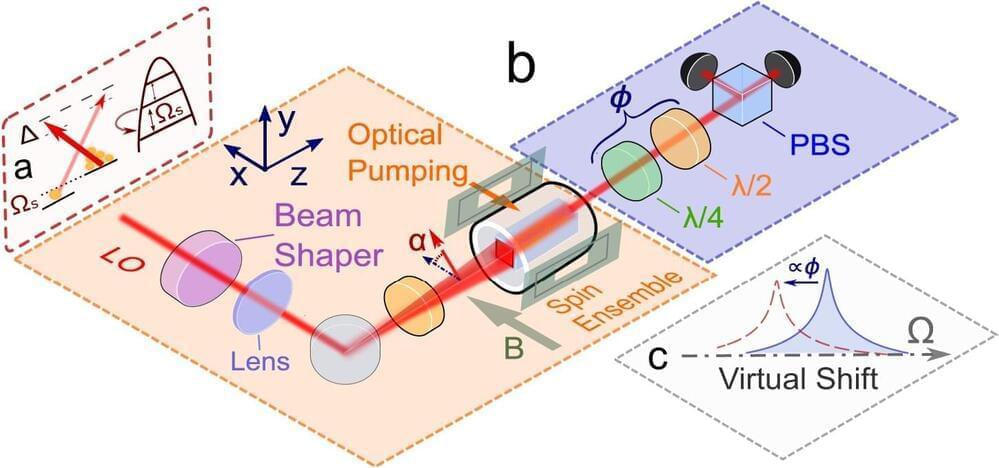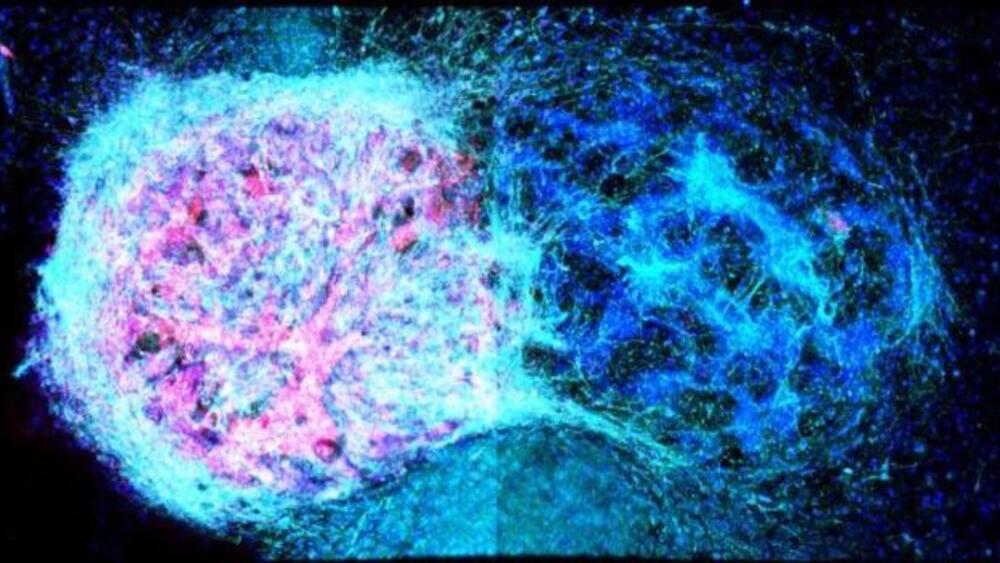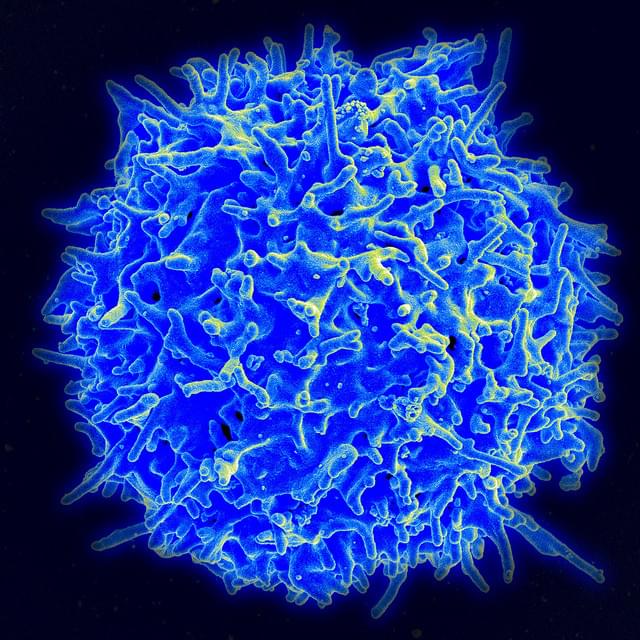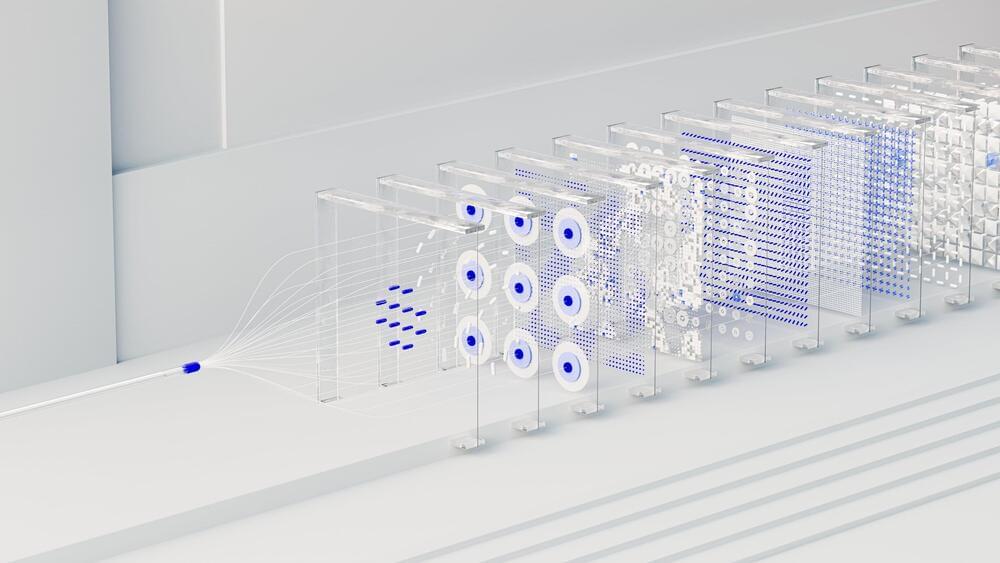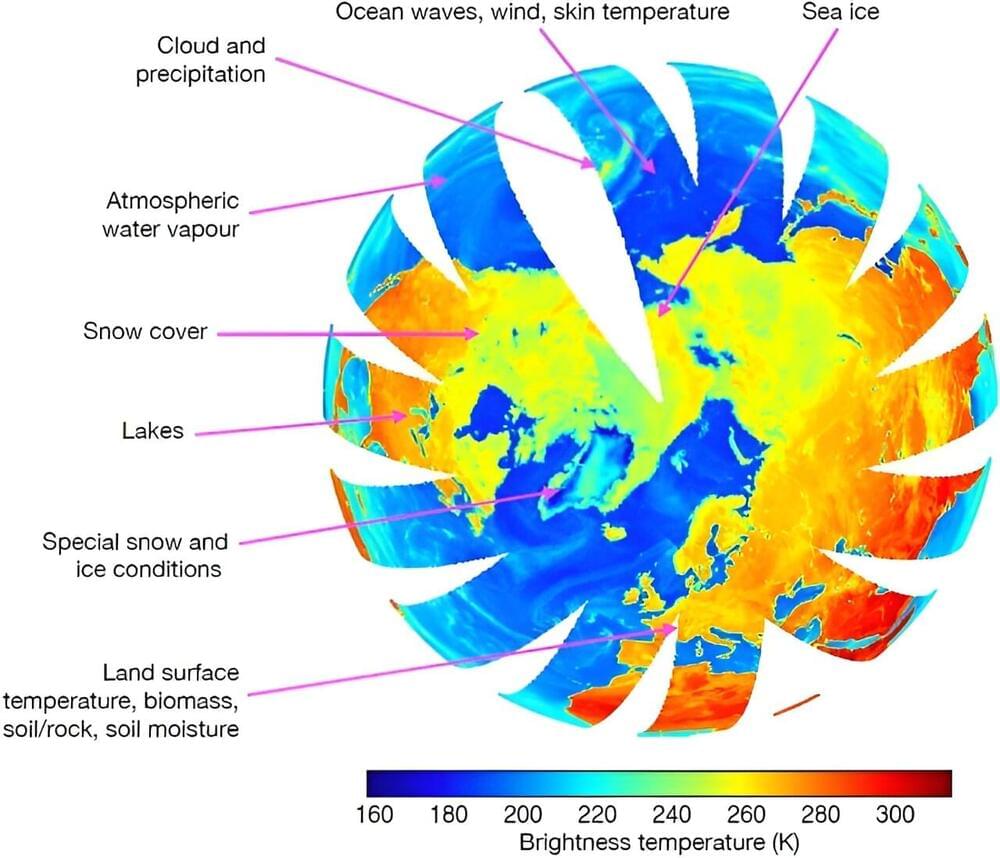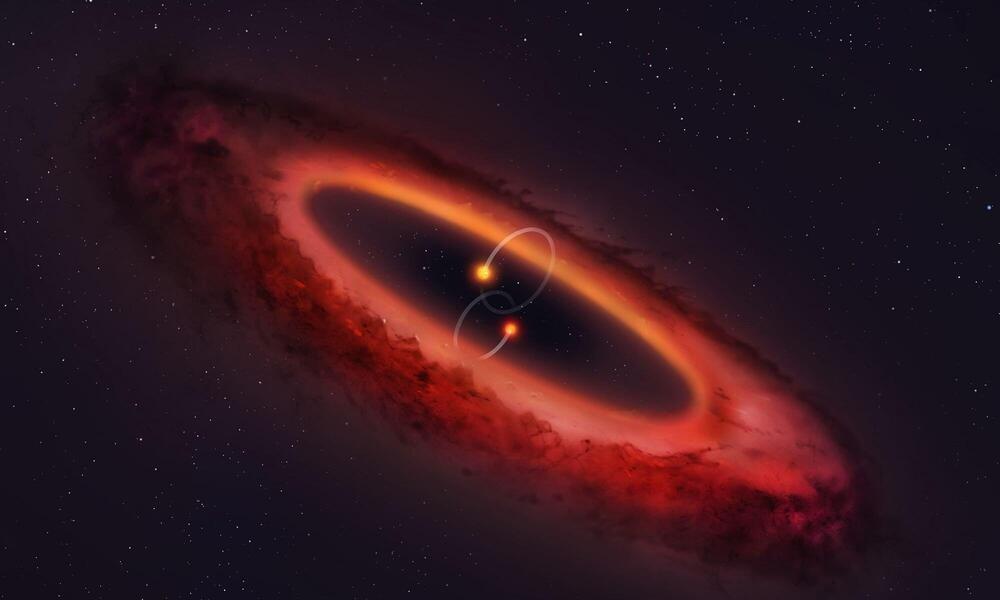Nov 9, 2023
Research overcomes major obstacle for quantum sensor development
Posted by Paul Battista in categories: biotech/medical, quantum physics
Researchers from the Niels Bohr Institute (NBI) have removed a key obstacle for development of extremely sensitive monitoring devices based on quantum technology.
Monitoring the heartbeat of an unborn child and other types of delicate medical examinations show the potential of quantum sensors. Since these sensors exploit phenomena at the scale of atoms, they can be far more accurate than today’s sensors.
Researchers from the Niels Bohr Institute (NBI), University of Copenhagen, have managed to overcome a major obstacle for development of quantum sensors. Their results are published in Nature Communications.
